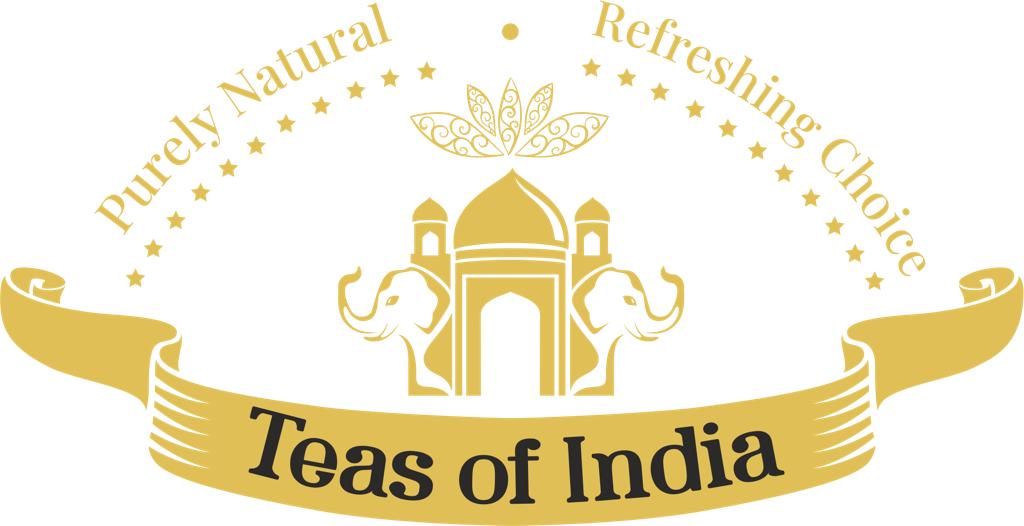India’s tea journey is a rich tapestry of tradition, culture, and painstaking artistry from the leaf to the cup. The narrative opens amid the verdant tea gardens of Assam, Darjeeling, Nilgiri, and numerous other locations, each of which produces tea with a unique flavor and texture. Located in northeastern India, Assam is renowned for its strong, malty black teas. The low elevation and tropical temperature of the area are perfect for cultivating tea. Here, on the floodplains of the Brahmaputra River, tea bushes flourish, producing robust, full-bodied teas that are cherished across the globe.
Often called the “Champagne of Teas,” Darjeeling lies tucked away in the Himalayan mountains. Teas with subtle floral scents and muscatel overtones are produced due to the mild environment, high altitude, and distinct soil composition. There are multiple complex procedures involved in getting from leaf to cup. The tea leaves go through several stages after being carefully plucked, including rolling, oxidizing, drying, and withering. In order to produce the tea’s flavor character, each stage is essential. For example, green teas are very slightly oxidized, keeping their crisp, vegetal flavor, but black teas experience complete oxidation, giving them a rich, dark color.
Tea tasters assess the flavor, aroma, and look of tea, making tea tasting an art form in and of itself. This guarantees that buyers will only receive the best teas. In the end, Indian tea is more than simply a drink; it’s a representation of the nation’s varied environments and rich cultural past.
In India, tea culture is more than just sipping tea; it’s a communal activity that fosters camaraderie. Tea is a staple of Indian daily life, from the roadside chaiwallahs selling spicy chai to the upscale tea houses selling premium varieties. Tea is frequently served during festivals, festivities, and even business meetings, underscoring its significance in interpersonal communication.
In addition, the tea business in India contributes significantly to the country’s GDP by giving millions of workers—particularly women—in rural areas a means of subsistence. The industry works to maintain the vitality of the tea-growing tradition by encouraging sustainable methods and community development.
Indian tea is essentially a celebration of the natural world, customs, and society. Each cup fosters a relationship with the land and the people who care for these fine teas.
